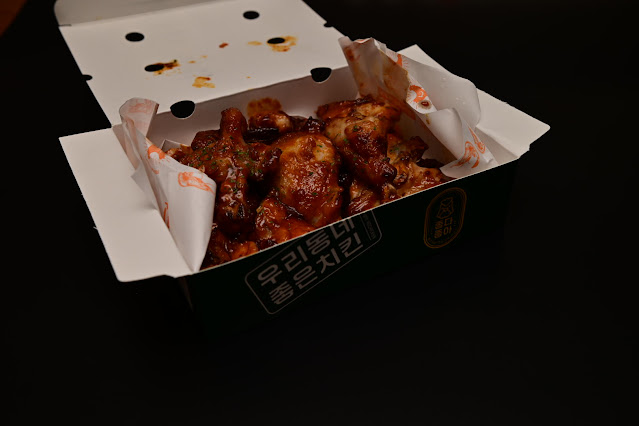Mastering Food Photography: Capturing Seasoned Chicken with Nikon Z5, Viltrox 35mm, and Godox V860 III
Taking food photos can be a lot of fun, especially when you have the right equipment. If you're looking to take some photos of seasoned chicken, you might want to consider using the Nikon Z5 camera, along with the Viltrox 35mm lens and the Godox V860 III flash.
Firstly, let's talk about the Nikon Z5. This camera is a great option for food photography because of its full-frame sensor, which can capture lots of detail and produce high-quality images. It also has a high-resolution LCD screen, which makes it easy to see what you're shooting and adjust your settings accordingly. When it comes to shooting food, you want to be able to see every little detail, and the Nikon Z5 delivers on that front.
Next up is the Viltrox 35mm lens. This lens is ideal for food photography because it's a wide-angle lens, which means you can capture more of the scene in your shot. With food photography, it's important to showcase not only the dish but also the context surrounding it. By using a wide-angle lens, you can capture more of the table setting or the atmosphere of the restaurant, which can help to enhance the overall story of your photo.
Finally, let's talk about the Godox V860 III flash. This flash is a game-changer when it comes to food photography because it allows you to control the lighting of your shot. When you're shooting food, you want to make sure that it looks as appetizing as possible, and good lighting is key to achieving that. With the Godox V860 III, you can adjust the intensity and direction of the light to create the perfect ambiance for your shot.
So, how do you put all of this together to take the perfect photo of seasoned chicken? Here are some tips:
Set up your shot. Arrange the chicken on a plate and add any garnishes or sides that you want to include in your shot.
Position your camera. Use your wide-angle lens to capture the whole scene, including the chicken and any surrounding elements.
Set your camera settings. Adjust your aperture to create a shallow depth of field, which will blur the background and make the chicken stand out. You may also want to adjust your ISO and shutter speed to get the right exposure.
Use the Godox V860 III flash. Adjust the intensity and direction of the flash to create the right lighting for your shot. You may want to experiment with different angles and intensities to find the perfect setting.
Take your shot! Once you're happy with your settings and lighting, take your shot and review it on your camera's LCD screen. If you're not happy with the results, adjust your settings and try again until you get the perfect shot.



Comments
Post a Comment